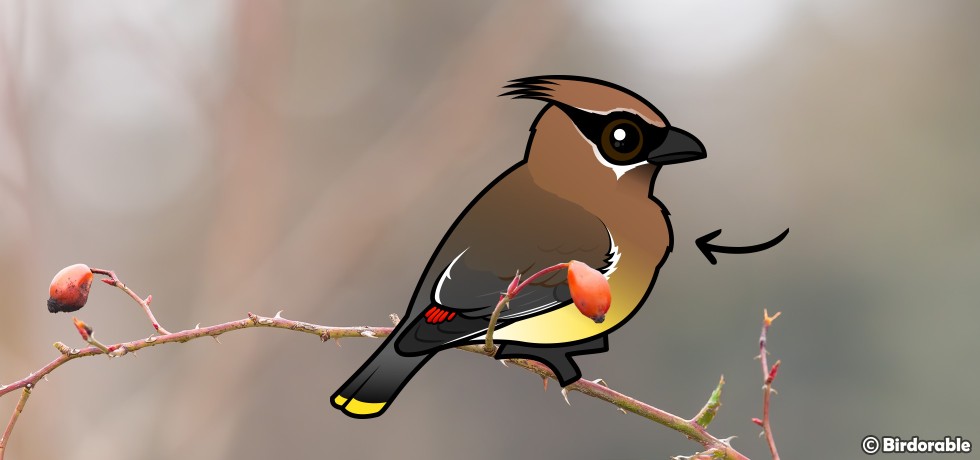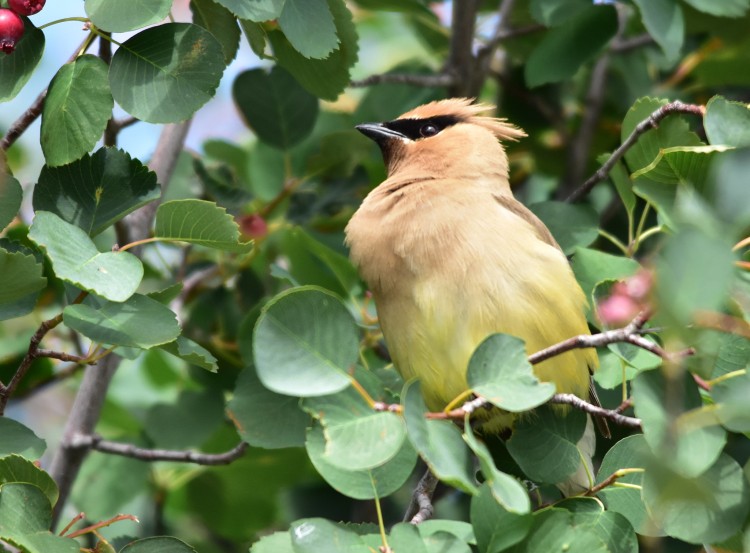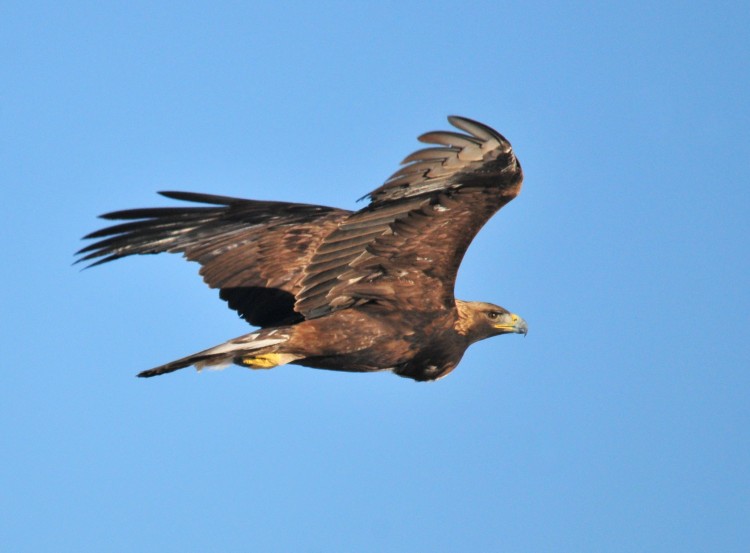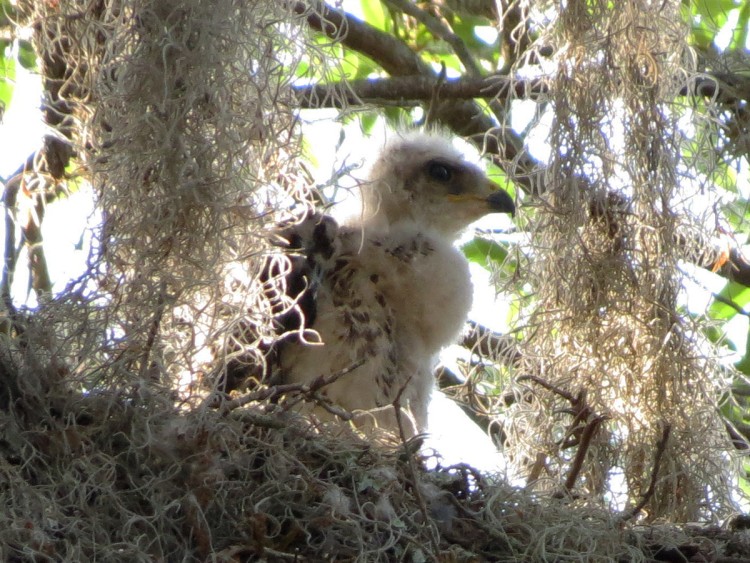Bird Term: Exploring the Crop – How Birds Store and Process Food

The crop is a fascinating aspect of avian anatomy, serving as a crucial part of the digestive system in many bird species. This expandable pouch, typically found at the throat, acts as a storage space for food prior to digestion. While most commonly associated with birds, the crop is also present in certain species of snails and earthworms and was a feature in some dinosaurs species.
In the avian world, the crop's visibility can often be noted externally, particularly when it is filled with food. However, it's important to note that not all bird species possess a crop. For example, pigeons and doves not only use their crop to store food but also to produce a nutritious substance called crop milk, which is essential for feeding their young.

Cedar Waxwing with bulging crop by USFWS Mountain-Prairie (CC BY 2.0 DEED)
Scavenging birds such as vultures and condors often gorge themselves when food is available, filling their crop to its maximum capacity. This allows them to store excess food for later digestion, a vital adaptation in environments where food availability is unpredictable. The crop enables these birds to feed efficiently and sustain themselves over longer periods.

Golden Eagle with full crop by USFWS Mountain-Prairie (CC BY 2.0 DEED)
Interestingly, while many raptor species like hawks, eagles, and ospreys have a crop, owls are an exception in this regard. Another notable use of the crop is in birds that regurgitate food for their young. In these species, the crop plays a role in softening the food before it is fed to the chicks, ensuring that the young birds receive nourishment that is both digestible and nutritious.
The crop's function in avian digestion and parental care highlights the intricate adaptations birds have evolved to thrive in various environments and life stages.

Baby Red-shouldered Hawk with full crop by Amy Evenstad









Comments
Be the first to comment
Thank you!